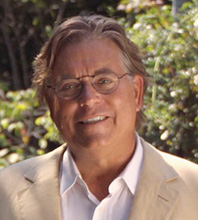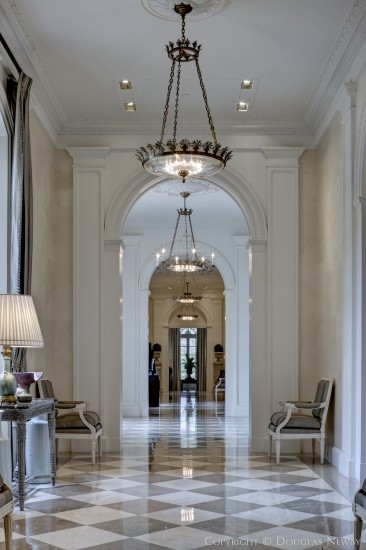
Most modern architects sneer at eclectic designed European inspired homes. Architecture aficionados also have a general bias towards modern and a disdain for the reputation of generic styles and spaces that are driven by the exterior design. The reaction of the Crespi/Hicks estate is much different. This is a home modern architects, and anyone interested in architecture, love.
At Conclusion of 20th Century, AIA Identified Crespi Estate as Architecturally Significant Home
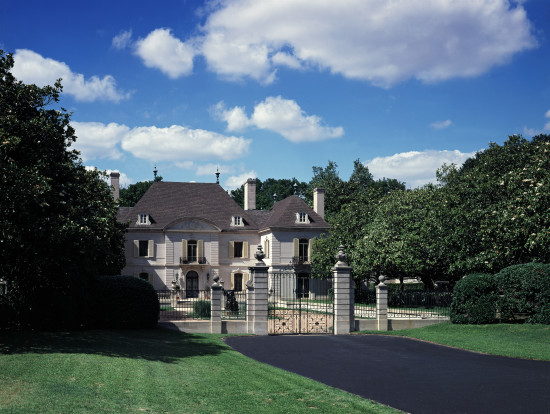
To celebrate the 50th Anniversary of the American Institute of Architects, Dallas Chapter, there was a citywide survey of architecturally significant homes by those in the community most involved with art, architecture and design. After a committee of 250 people most knowledgeable about Dallas and architecture nominated significant homes, the selection committee met in the Scott Lyons designed home of Margaret McDermott, the honorary chairman, and reviewed 100 years of Dallas significant homes.
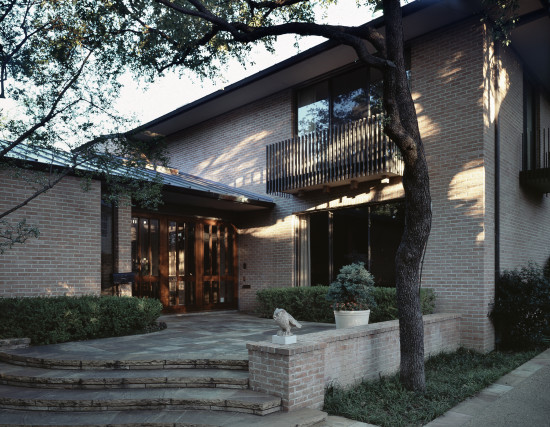
The committee included Deedie Rose representing the Dallas Museum of Art as president of the board of trustees; Nancy Marcus, president of the Dallas Institute of Humanities and Culture; Bryce Weigand, president of the Dallas Chapter, AIA; James Pratt, FAIA, representing the greater Dallas Planning Council; Rick Brettell representing the Dallas Architecture Forum as its founder; Robert Meckfessel representing Preservation Dallas, Harry Robinson representing the African-American Museum; Bill Booziotis representing the Dallas Architecture Foundation; Emily Summers representing the American Society of Interior Designers, Dallas Chapter; Rita Clements representing the Dallas Historical Society as president, and me as the AIA appointed chairman of the Dallas 50 Significant Homes project.
Surprisingly, the significant homes nominated were very evenly distributed through every decade of the 20th century. All architectural styles were represented with modern homes from every decade receiving much attention. There was one home, however, that everyone was enthralled with and where the reception announcing the significant homes was held – the Crespi/Hicks estate in Preston Hollow.
Modern Architects Laud Crespi/Hicks Estate
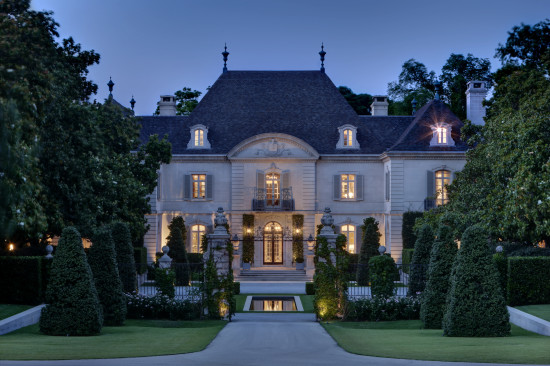
Modern architect Bill Booziotis, FAIA, who has designed many modern art galleries and museums, said about the Crespi estate,
One would have to go to 17th century Belgium or 18th century France to find comparable craftsmanship.
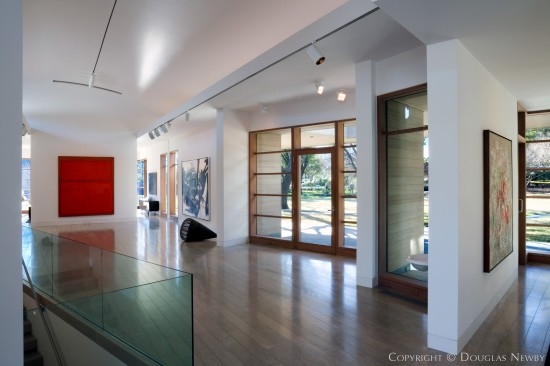
Dr. Richard Brettell, who has a Master of Arts in architecture and a Ph.D. in art history from Yale University, and who is the former director of the Dallas Museum of Art and currently the Professor of Aesthetic Studies at the University of Texas at Dallas, said about the Crespi estate,
This is the most important home of its era built anywhere in the country.
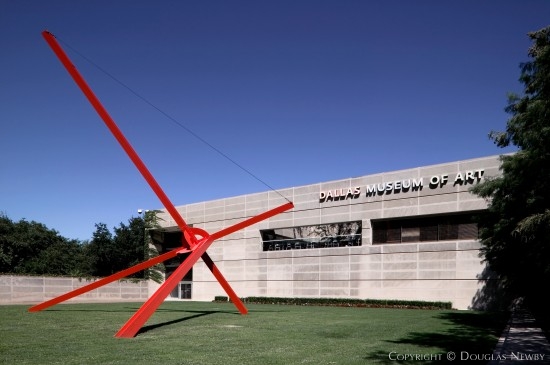
Texas modern architect Frank Welch, FAIA, was quite taken with the Crespi estate. He said,
This home has the grace and dignity of a beautiful lady.
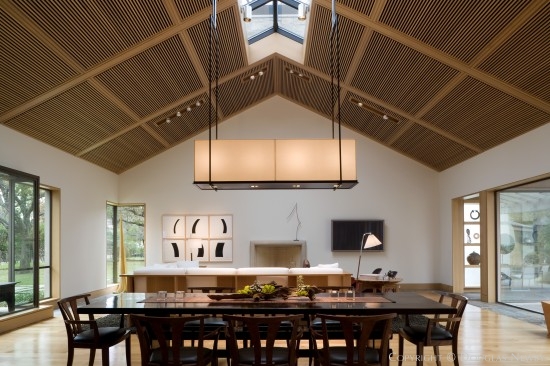
James Pratt, FAIA, who has been recognized for his conservation and land planning efforts, along with the modern homes he has designed, said of the Crespi estate,
This is the most significant home in Dallas and is on a magnificent site.
Former President,
Dallas Chapter, AIA
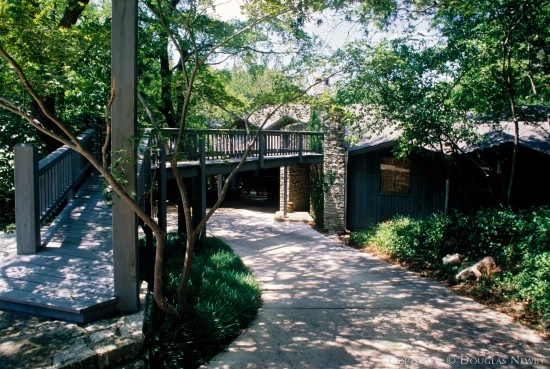
The bias of the committee was not towards large houses, but for architecture that was compelling, that made a statement, that furthered design and reflected significant homes. While many large houses were quickly dismissed, the Crespi estate enchanted everyone by its proportions, materials, artisanship and its relationship to the site.
The Crespi/Hicks Estate Continues To Embrace Many of the Tenets of Modernism
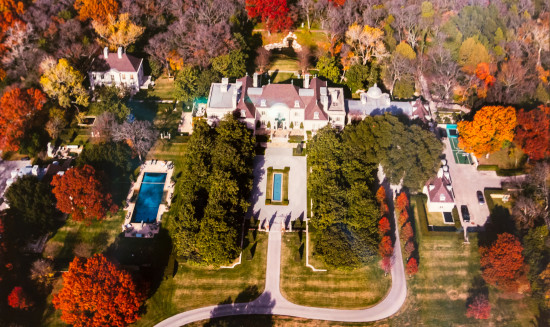
New York designer Peter Marino, the renovation architect, approached this home in the same way as Maurice Fatio, the Swiss architect who worked primarily in New York and Palm Beach, approached this home. The emphasis remained on proportion, materials, and architecture authentic to its site and style. Peter Marino, who recently designed the Louis Vuitton flagship store in Rome, also approached the project as a modernist, capturing light and creating rooms with real purpose and function.
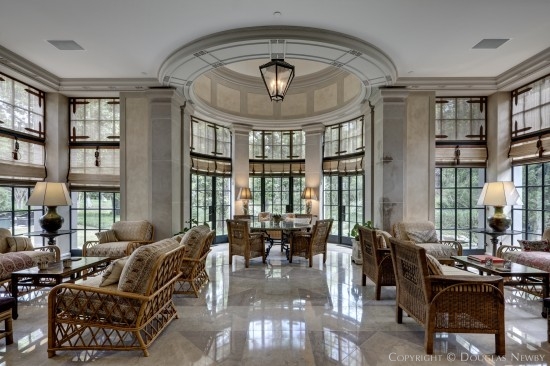
Rather than expanding the home with a labyrinth of windowless rooms, he took the approach most often seen with modern architects and sited separate structures with specific functions that relate visually to the house, but are not attached to the house.
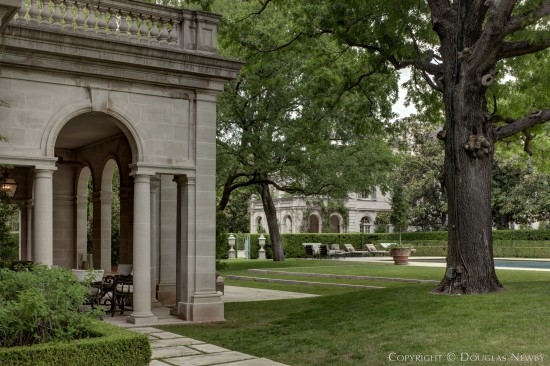
The pool house, surrounded by manicured lawns and hedgerows with openings for paths to the main house and guest house, relates to all three houses.
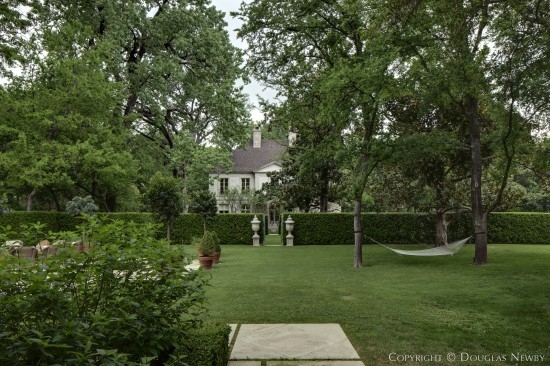
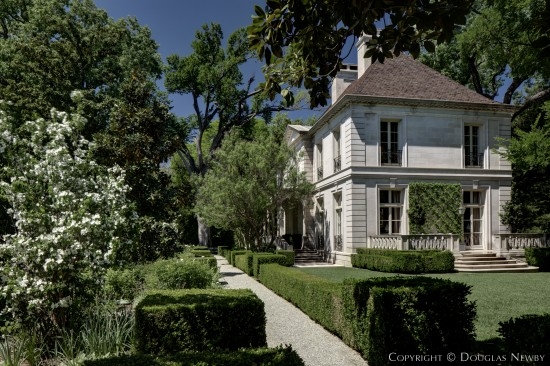
The guest house is pushed close to the forested creek, but has a path to the breakfast room and kitchen of the main house. Gardens both separate the structures and tie them together.
Architect David Williams, FAIA, Created the Texas Modern Architectural Style
David Williams is known as the mentor of Texas modern architect O’Neil Ford and for creating the Texas modern style. David Williams goal was to take the modernism of Europe and merge it with the indigenous style, materials and artisanship of the region to create architecture as modern as any project in Europe.
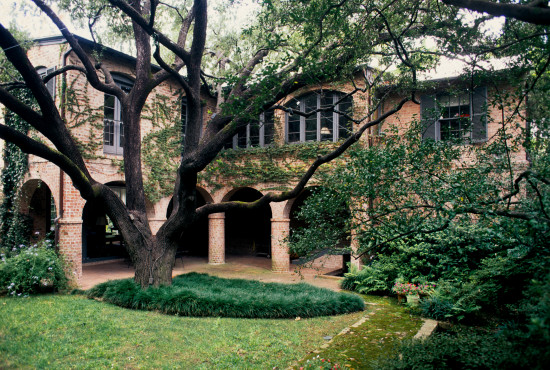
The open floor plans of David Williams’ Texas modern homes are continued with terraces, porches and courtyards. The honesty of the structure and materials used are accentuated by the hand carved detail created on site.
The Crespi Estate Shares Similarities of Approach and Aesthetics With David Williams’ Texas Modern Homes
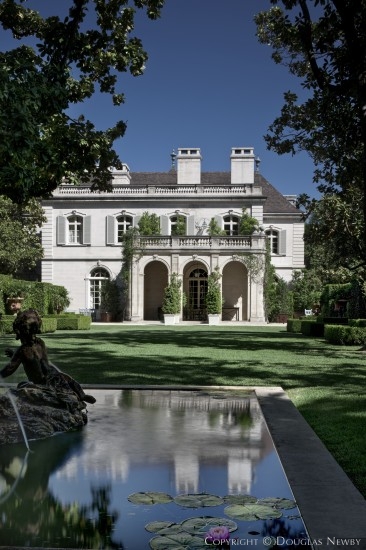
The Crespi estate was designed just a few years after David Williams, FAIA, originated his breakthrough Texas modern homes. While architect David Williams designed homes rooted in modernism and the indigenous styles of Texas, and Maurice Fatio designed homes rooted in classical European traditions, the two share many similarities in their approach and aesthetics. Both architects emphasized proportion and function. Just as David Williams designed a large magnificent Texas modern home in front of Turtle Creek in University Park, Maurice Fatio selected a site where the Crespi/Hicks estate is placed in front of White Rock creek that runs behind it.
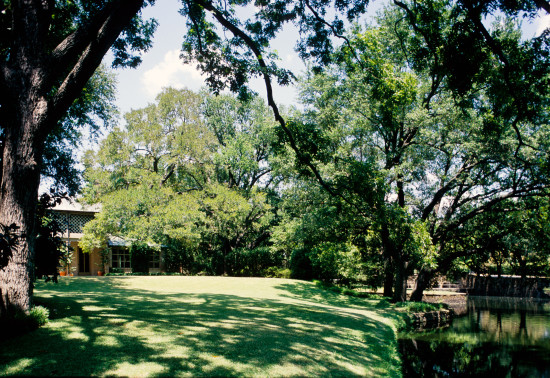
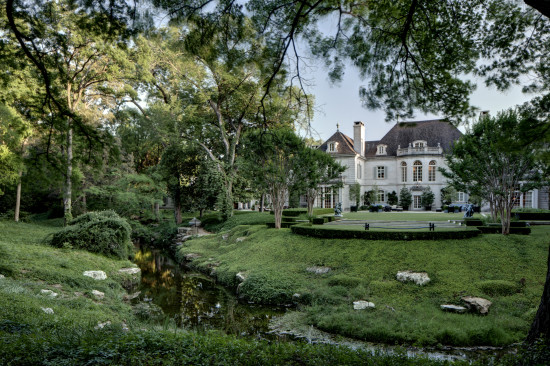
Both architects emphasized terraces, porches, balconies and open courtyards to capture the breezes. David Williams emphasized the honesty of materials and artisanship. He employed Hobbs Ford to carve ornamentation into the structure of the house and make the wrought iron fixtures on site. Maurice Fatio also employed artisans to carve stone and wood on site and had Potter Iron Works come to the site to forge wrought iron for the staircase. While the styles differ, both architects’ work represents uncluttered clean lines.
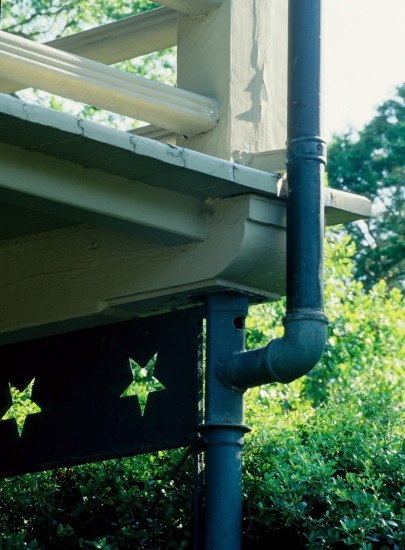
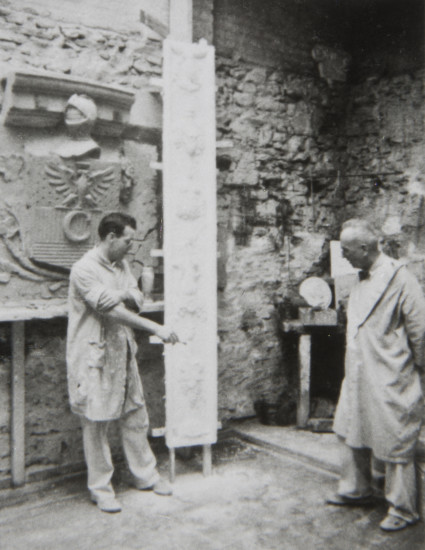
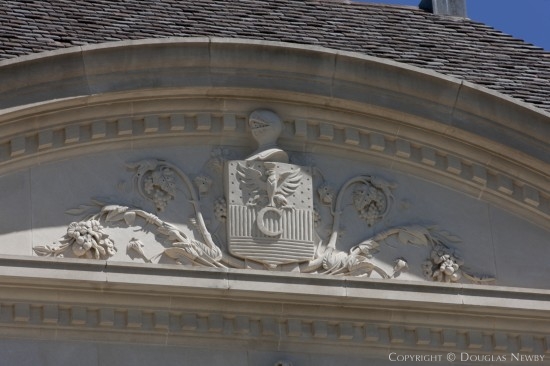
Crespi/Hicks Estate Preserves Art Deco Underpinning of Era

The great Art Deco and Art Moderne houses were designed around 1936, including one that Maurice Fatio designed in Palm Beach. Maurice Fatio brought elements of Art Moderne to the Crespi Estate. It is fun to see vestiges from that modern period in the main hall chandeliers and the Art Deco bar that the late Lupe Murchison called “the best bar in Dallas.”
The Crespi/Hicks Estate Reflects the Modernity of Its Time in 1939
The Crespi/Hicks estate embraces modern technology. It was the first home in Dallas with central air and heat. It is also a home that is designed with the site and environment in mind. The summer breezes from the southeast sweep down the long hill, across the balconies, loggias and terraces, cooling the home.
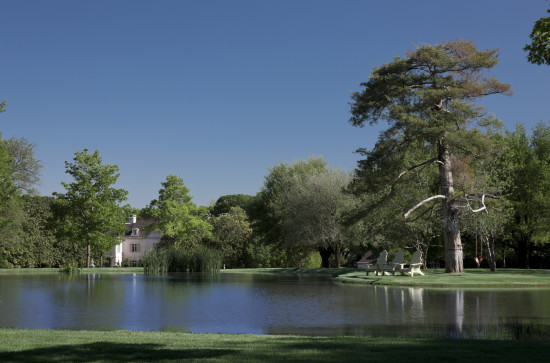
Wells have been dug to collect water in ponds to irrigate the lawns, flowering gardens and vegetable gardens. The land, forest and creeks have been protected. Materials that will survive for centuries have been used and renovation preserved the original materials and finishes or they were used in other rooms.
Maurice Fatio Designed a Remarkable Estate Home – Peter Marino Completed the Original Architect’s Intent
The Crespi/Hicks estate emphasizes preservation, advances architectural design in the 21st century, and provides an estate home that embraces the tenets of classicism and modernism.
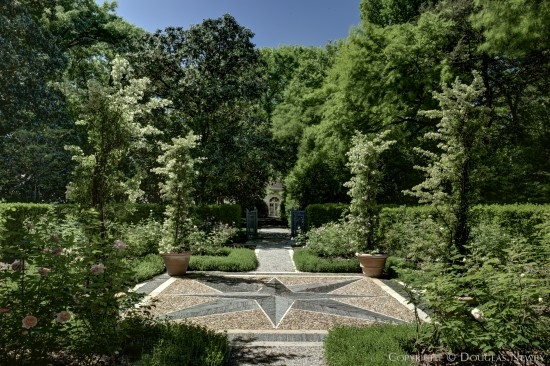
Huffington Post – The Finest Estate Home in America Found
Architecturally Significant Homes – The Finest Estate Home in America

